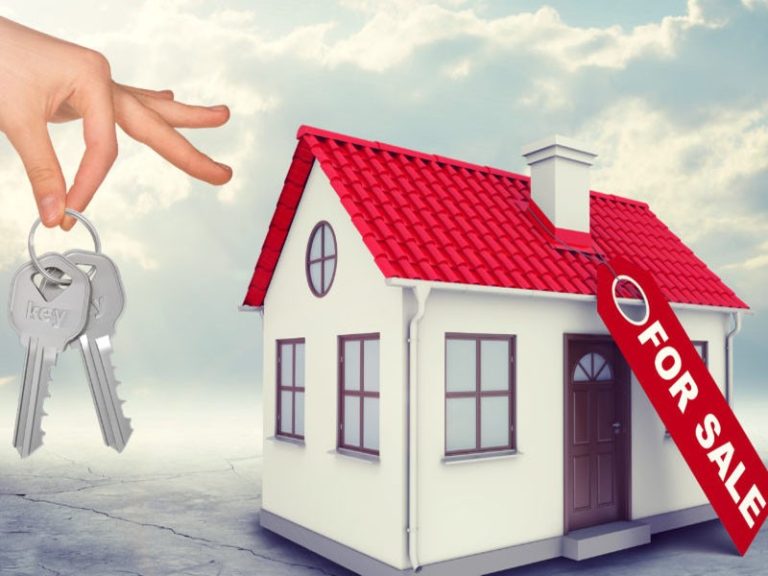
The professional and thorough practice of developing an interior environment that addresses, safeguards, and satisfies the human need is known as interior design. It involves the integration of process and strategy, a mandate for well-being, safety, and health, as well as informed decisions about style and aesthetics to produce a creative, technical, sustainable, and functional interior solution that corresponds to the architecture of a space. Select the best interior design services for your construction or building needs.
Efficiency in Energy Design
One of the causes of environmental change is energy usage. A sizable portion of greenhouse gas emissions brought on by energy use is attributable to buildings. By reducing the energy needed for heating, lighting, running appliances, etc., and supplying the building with renewable, non-carbon-based energy, architects and interior designers can significantly increase a building’s energy efficiency. The two main aspects that interior designers can affect are heating and lighting.
Design for Resilience and Flexibility
The creation of spaces that endure should be the aim of design. Gemma Wheeler emphasizes that people want their surroundings to change and evolve as they do to reflect how they have changed. People want their surroundings to change and evolve as they do to reflect how they have changed. The adaptability of rooms to users’ shifting needs should be taken into account by interior designers. You should choose the ideal interior design services for your better experience.Designing adaptable environments is essential for lifespan. Achieve timeless design by favouring quality over quantity, timeless over trendy, and functionality over ornamentation.

Minimising Impact on the Environment
Organic materials (such as wood, wool, and natural stone) seem to be an obvious example of how to manage natural resources responsibly. Choose renewable materials that are responsibly extracted for a lifestyle. From extraction, production, transportation, and processing, all the way through to how they are disposed of after use, the materials and products must be evaluated at every stage of their life cycle.
Design of the Health Ecosystem
People now spend the majority of their time indoors during pandemics. Air quality, heating, ventilation, lighting, and acoustics are some factors that must be considered while building healthy interiors. The sources of indoor air pollution are products and materials that emit large volumes of hazardous gases. For instance, furniture or equipment that is treated releases toxic pollutants into the air. Choosing materials should be done responsibly by designers.


